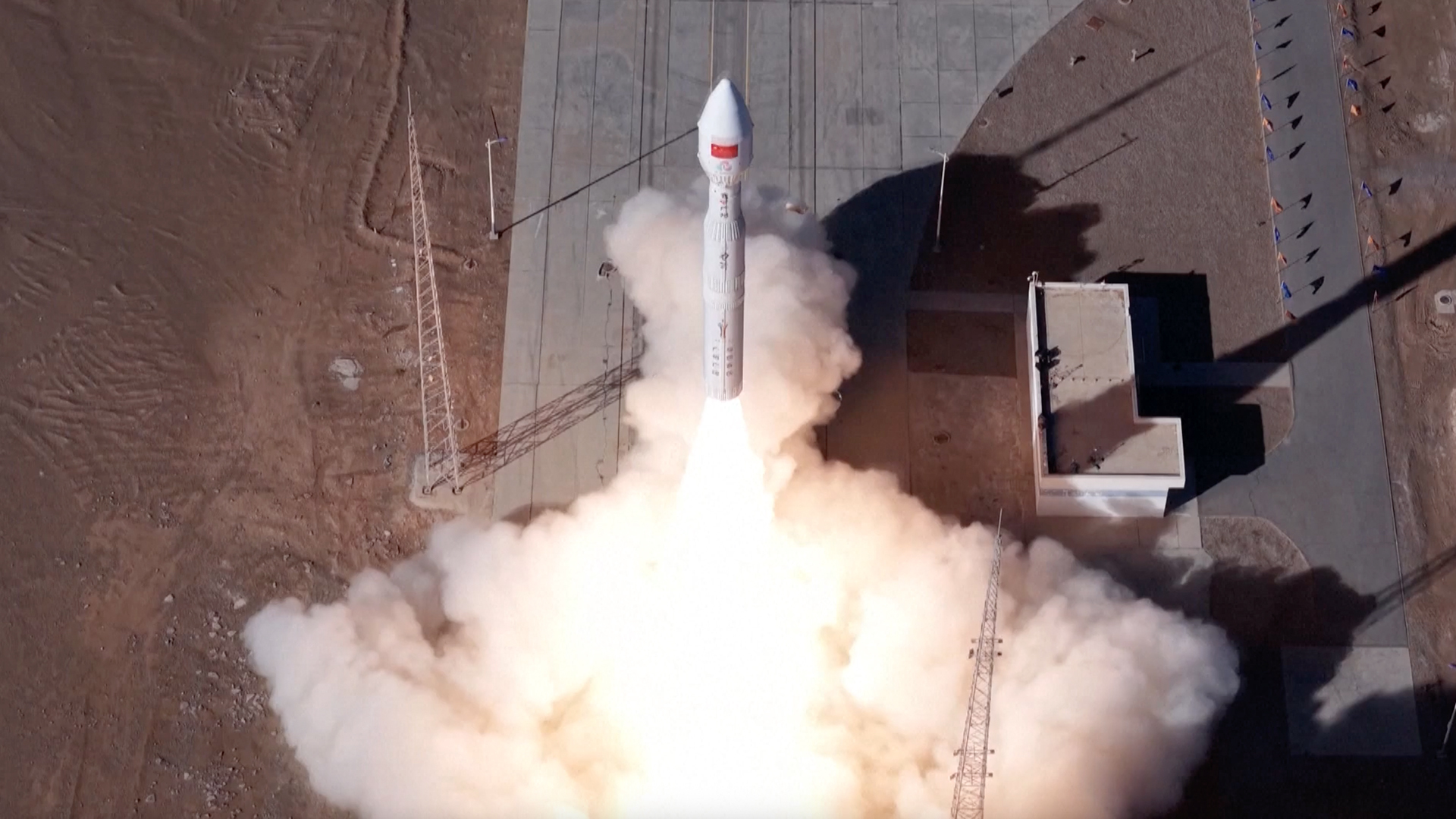China breaks its single-year launch record with weekend flurry

China just broke its single-year launch record — and with nearly two months left in 2025.
Four Chinese rockets lifted off over the weekend, taking the nation's total number of orbital missions this year to 72. The previous record, set last year, was 68.
Two of this weekend's launches were performed by Long March rockets, venerable vehicles operated by the state-owned China Aerospace Science and Technology Corporation.
On Saturday afternoon (Nov. 8) U.S. Eastern time, a Long March 11H lofted three Shiyan-32 satellites, mysterious craft that will be used to test space-based technologies, according to Chinese media reports.
Then, on Sunday night (Nov. 9), a Long March 12 launched a batch of broadband satellites for the SatNet megaconstellation in low Earth orbit (LEO), which will eventually harbor 13,000 satellites, if all goes according to plan.
The other two Chinese launches this weekend were conducted by private rockets — CAS Space's Kinetica-1 and Galactic Energy's Ceres-1.
The Kinetica-1, also known as Lijian-1, sent two Earth-observing test satellites to LEO on Saturday as planned. But Ceres-1, which launched on Sunday night, had problems: Its upper stage suffered an anomaly, resulting in the loss of all three satellites on board.
Breaking space news, the latest updates on rocket launches, skywatching events and more!
However, China is not the global launch leader in 2025; that distinction goes to the United States, which has conducted more than 150 orbital liftoffs so far this year.
The vast majority of those launches have been performed by a single rocket — SpaceX's Falcon 9, which has flown 143 times in 2025 already. More than 100 of those missions have been devoted to building out Starlink, SpaceX's huge and ever-growing broadband constellation in LEO.

Michael Wall is a Senior Space Writer with Space.com and joined the team in 2010. He primarily covers exoplanets, spaceflight and military space, but has been known to dabble in the space art beat. His book about the search for alien life, "Out There," was published on Nov. 13, 2018. Before becoming a science writer, Michael worked as a herpetologist and wildlife biologist. He has a Ph.D. in evolutionary biology from the University of Sydney, Australia, a bachelor's degree from the University of Arizona, and a graduate certificate in science writing from the University of California, Santa Cruz. To find out what his latest project is, you can follow Michael on Twitter.
You must confirm your public display name before commenting
Please logout and then login again, you will then be prompted to enter your display name.
